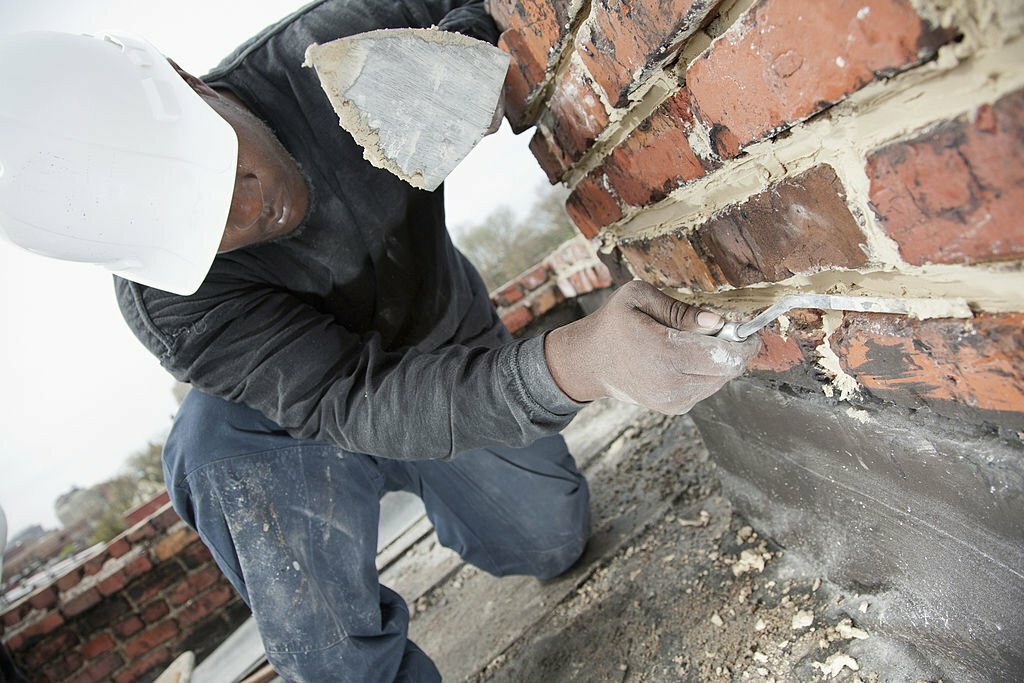Brick fences are popular for many homeowners due to their durability and aesthetic appeal. However, brick fences can encounter problems over time like any other structure. When these issues arise, it is important to troubleshoot and address them promptly to prevent further damage and ensure the fence’s longevity. This article will discuss common brick fence repair problems and how to troubleshoot them effectively.

1. Cracked Bricks: One of the most common problems with brick fences is cracked bricks. This can occur for various reasons, such as temperature changes, settlement, or impact damage. To troubleshoot this issue, start by inspecting the cracked bricks closely. You can repair the crack using a brick patching compound if it is small. Simply clean the broken area, apply the compound, and smooth it out with a trowel. It is best to replace larger cracks or severely damaged bricks entirely. Carefully remove the damaged brick, clean the space, and install a new one using mortar.
2. Loose Bricks: Over time, bricks in a fence can become loose due to weather conditions or improper installation. If you notice any loose bricks in your fence, troubleshoot the problem by gently tapping the brick with a rubber mallet. If the brick moves, it means it is loose and needs to be fixed. Carefully remove the loose brick and inspect the surrounding area for any signs of damage. Clean the space and apply mortar evenly before reinstalling the brick. Ensure proper alignment and use a level to ensure the brick is straight and secure.
3. Mortar Deterioration: The mortar used to hold the bricks together can deteriorate over time due to weather exposure or age. This can lead to loose bricks and an unstable fence. To troubleshoot this issue, inspect the mortar joints for any signs of deterioration such as crumbling or missing mortar. If only a few joints are affected, you can repair them by carefully removing and replacing the damaged mortar with fresh mortar. However, if a significant portion of the fence has deteriorated mortar, it may be necessary to repoint the entire fence. Repointing involves removing and replacing the old mortar with new mortar to ensure a strong and stable fence.
4. Stains and Discoloration: Brick fences can develop stains and discoloration over time due to exposure to the elements or chemical reactions. Troubleshooting this problem starts with identifying the cause of the stain. For example, if the stain is caused by mold or mildew, you can clean it using water and bleach. Scrub the stained area gently and rinse thoroughly with water. Suppose the stain is caused by rust or efflorescence, which is the white powdery residue that appears on the surface of bricks. In that case, you may need to use a specialized cleaner or consult a professional for effective removal.
5. Leaning or Collapsing Fence: Sometimes, a brick fence may start leaning or even collapse entirely. This can be caused by various factors such as soil erosion, improper foundation, or lack of proper support. Troubleshooting this problem requires a thorough assessment of the fence’s stability. If the fence is leaning, you may need to dig around the affected area and reinforce the foundation with additional concrete or gravel. For a collapsed fence, it is best to consult a professional for assistance as it may require extensive repairs or a complete rebuild.
In conclusion, troubleshooting brick fence repair problems is essential for maintaining the integrity and appearance of your fence. By identifying the problem early on and taking prompt action, you can prevent further damage and ensure the longevity of your brick fence. Whether it’s cracked bricks, loose bricks, mortar deterioration, stains, or a leaning fence, addressing these issues promptly will help you maintain a strong and beautiful brick fence for years.